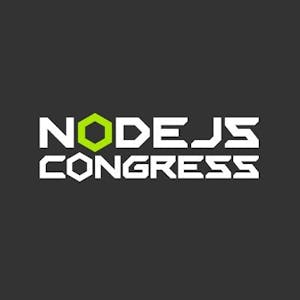They just have different values about how to approach uncertainty and risk. And here's what was so powerful about this realization. It's just everything from judgment to understanding. Instead of thinking, why can't they just? I started thinking, oh, they value this. So, of course, they're going to approach it this way. Instead of seeing resistance or difficult personalities, I started seeing people trying to work in ways that aligned with their values. It's like a colorblind person putting on colored glasses for the first time. Suddenly, they realize their shade and nuance and all of these interactions that seem frustrating or confusing suddenly made perfect sense.
Once you start seeing this pattern, you realize we've been having the wrong conversations. We keep debating the right technical approach when we should be talking about what we value as a team. So I started changing how I approach technical decisions instead of just asking the traditional questions. What's most performant? What's most maintainable? What scales the best? I started asking different questions. First, what does this choice say about what we value? Second, how does this support different team members growth? Third, what kind of team culture does this reinforce? These aren't questions AI can answer for us. They require understanding the humans on our team, their values, their growth paths, their working styles.
Let me give you another concrete example of how this played out recently. So I'm part of the Redwood JS core team, and we faced a significant architectural decision. Recently, we pivoted away from GraphQL and we rebuilt the entire framework on top of CloudFlare Services, initially leveraging D1 for our database layer. Now, I absolutely love D1. It's fast, it's simple, it integrates beautifully with the rest of the CloudFlare ecosystem. But we discovered there were concerns about D1 and GDPR compliance. There's kind of unclear data storage locations and potentially cross-border data transfers. Now, to be clear, CloudFlare is addressing these concerns. And some of the burden does fall on how developers configure and implement their solutions. But here's where the values come into play. As framework authors, we could have said, this is a configuration issue. Developers can handle GDPR compliance themselves. And that would have been technically correct. But my team, many of whom are based in South Africa, they value inclusivity. They prioritize users with slow internet connections, smaller budgets, and, yes, developers who need to comply with strict data regulations without becoming legal experts. So, we made what seemed like a huge architectural change.
















Comments